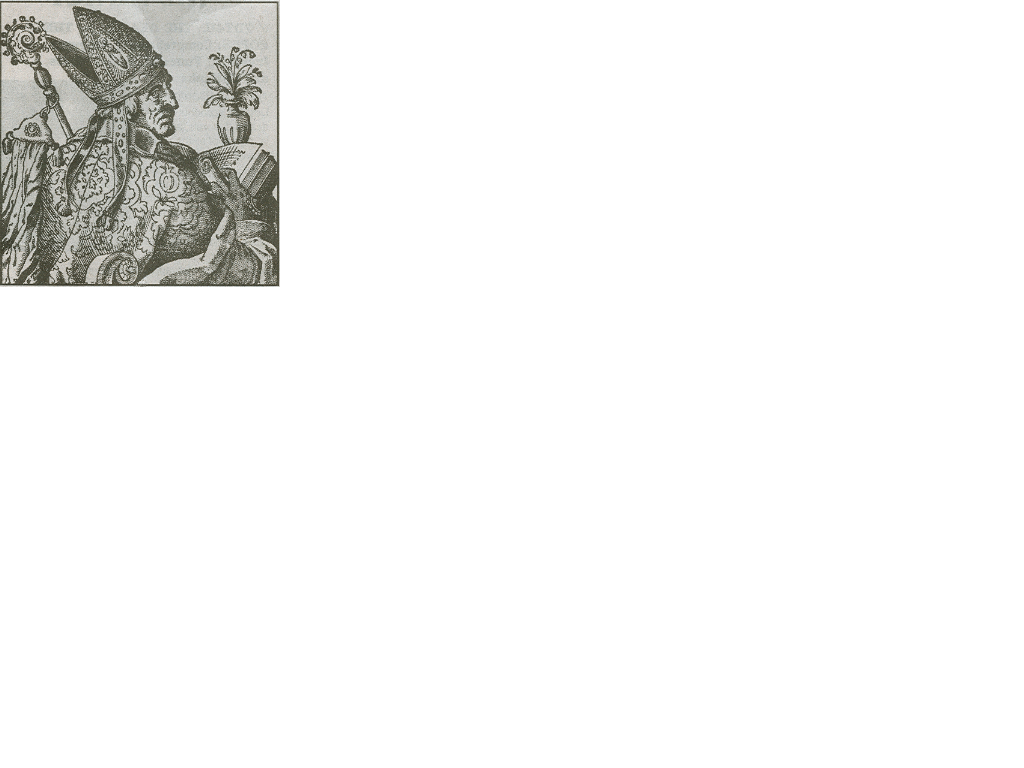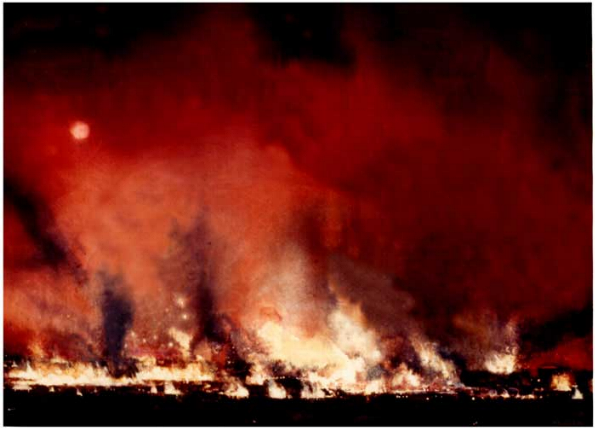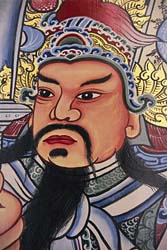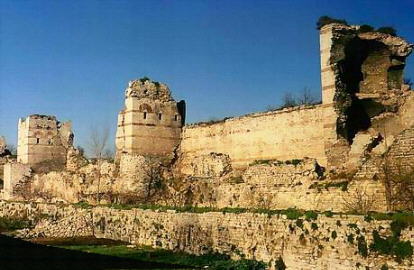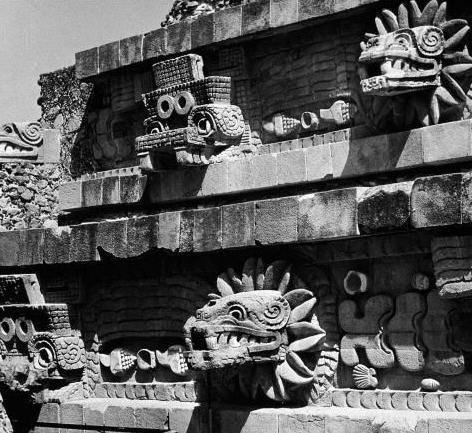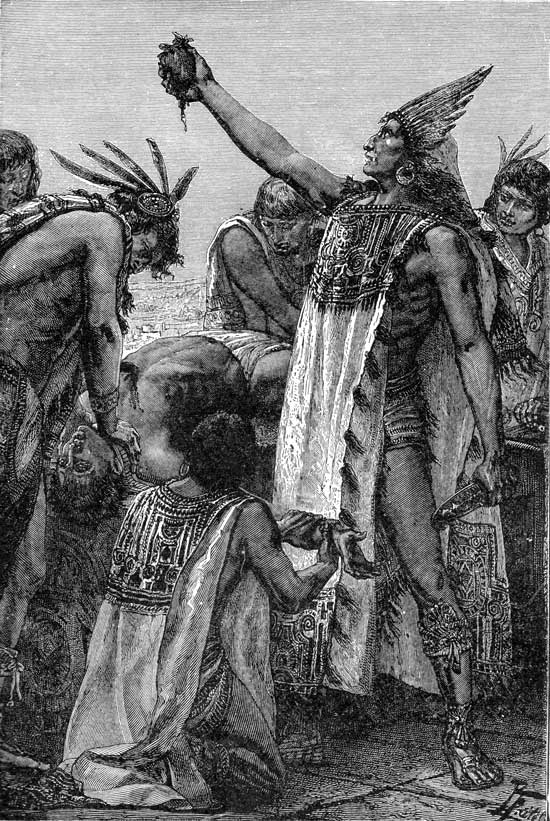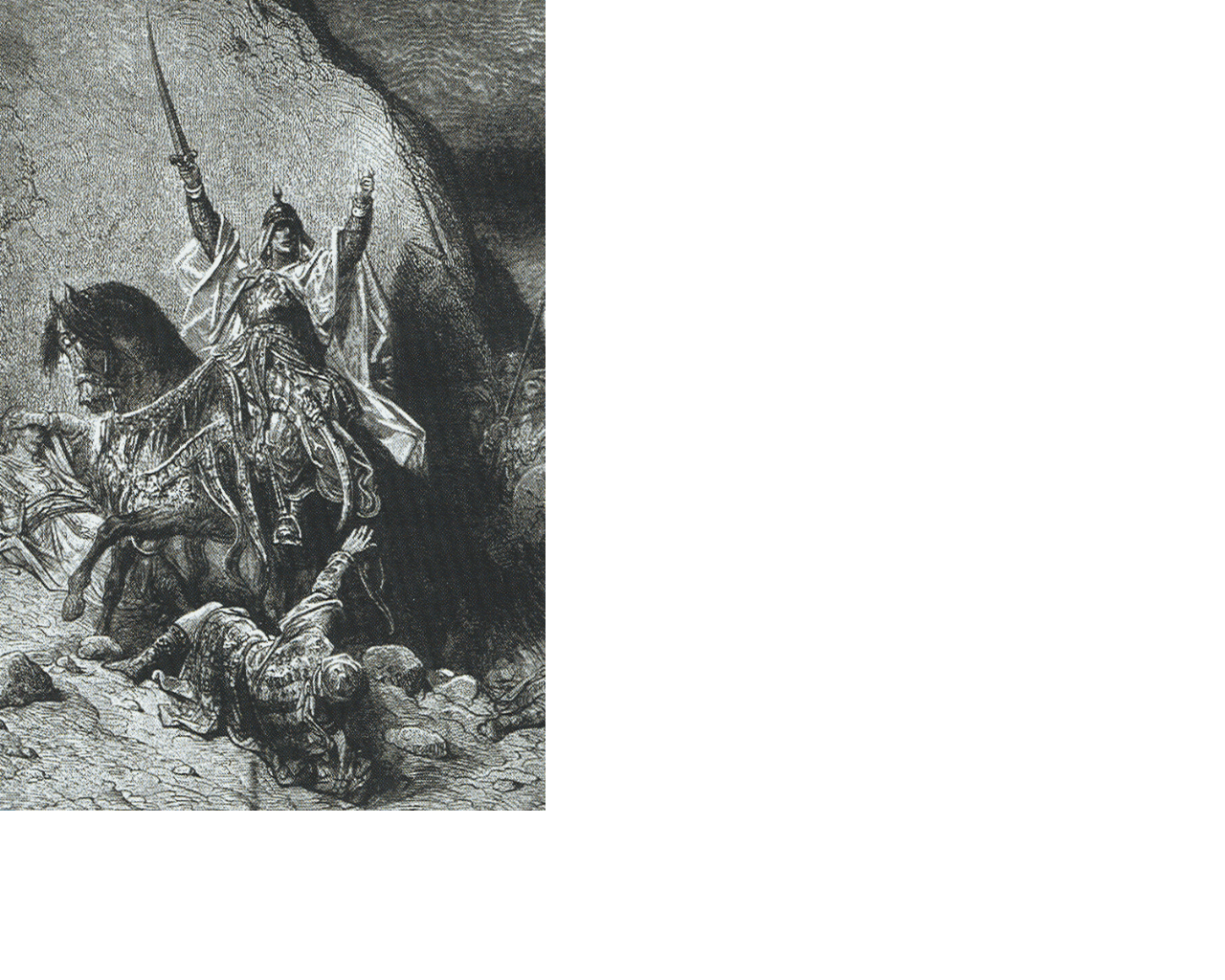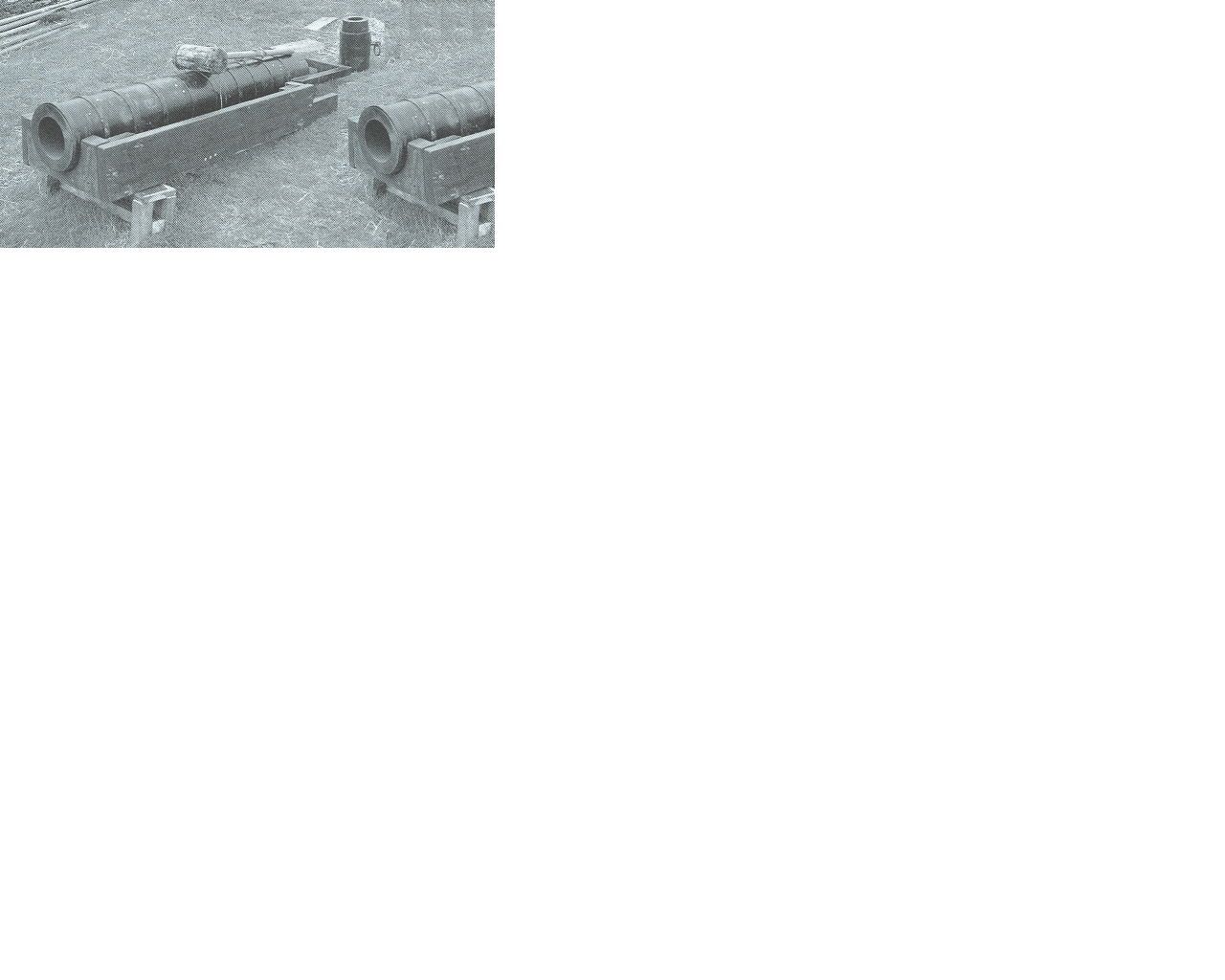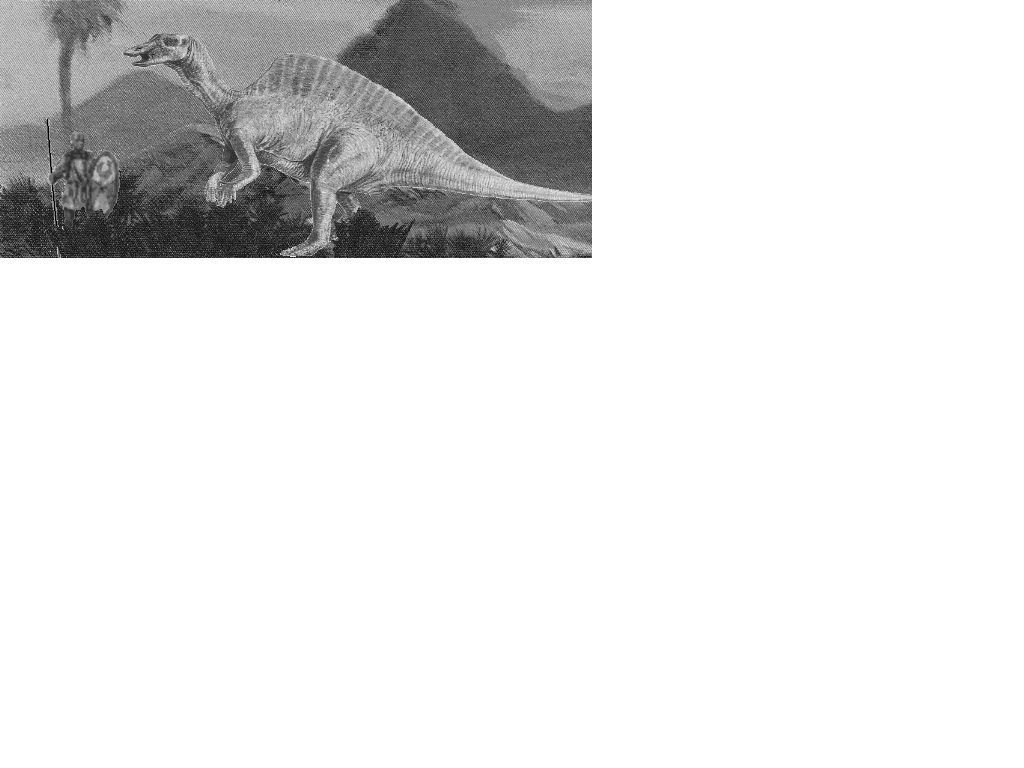Reports continued to arrive from Sarawak of herds slaughtered and farm families
missing all along its mountain border with Barat. In fact the losses increased not long
after the Time of the Comet. The local nobility hinted strongly that
if Java didn't help them, they would cease paying tribute.
The Khemer Empire of Burma  Civilized Imperial TL5
Civilized Imperial TL5
Rangsey Shan the True,
Emperor of the Khemers
Diplomacy: Assam(F), Dibrugarh in Bhutan(degrade to C)
Rangsey Shan ordered the seaport of Bassien expanded again to accomodate
surplus population from the interior. Unemployed men were put to work beginning
a royal road from Sagaing over the mountains to the remote region of Padishan.
In both Ava and Pegu, public inns and
stables were built to help with travel in rural areas. The emperor also poured
gold into the university to attract the best talent.
Career diplomat Duran, assisted by Prince Samrin, persuaded the local lords of
Assam to fully join with the kingdom. Lieutenant Kumar was meeting with the
mayor of Dibrugarh at a diplomatic dinner in mid-1423 when the Night of the
Comet began; he died during the ensuing panic and riot. The city leaders
took this as a bad omen and grew more distant.
Meanwhile, the emperor dispatched missionaries far and wide to preach of the
Hindu gods. Unfortunately their own faith was lukewarm, plus language differences
caused trouble, and their efforts came to naught.
Fortunately, the faith of Cholan missionaries and those from the Primacy itself
was strong, and success was had in Gtsang, Bhutan and the city of Dibrugarh,
with slight improvements (and some frustrations) elsewhere.
~~~~~~~~~~~~~~~~~~~~~~~~~~~~~~~~~~~~
India &
Central Asia
~~~~~~~~~~~~~~~~~~~~~~~~~~~~~~~~~~~~
The Chola Mandalam Empire  Renaissance Imperial TL8
Renaissance Imperial TL8
Aandeleeb, Chola Emperor of Mandalam, the Left hand of Vishnu
Diplomacy: Tamralipti in Palas(A), Calcutta in Nadavaria(A), Kanpur in
Jihjhoti(A), Gaur(-),
Bihar in Maghada(A)
Aandeleeb ordered much gold spent on all manner of military development
including gunpowder weaponry, and a staggering sum of gold was poured into
expanding the nation's university system. Buildings and satellite campuses
were soon to be found in every city, and experts and teachers in every field
hired to staff them. Chola became known throughout Asia for the depth and
breadth of its educational offerings.
The King
dispatched enthusiastic missionaries to Burma to convert the Buddhists
to the true faith. Zealous priests from the Hindu Primacy joined in the effort.
Finally,
servants of the King, and the King himself, fanned out across the Cholan Empire to
conduct diplomacy, often double-, triple- or even quadruple-teaming the local
nobility for maximum effect.
Negotiations generally went well despite the untimely deaths of team members
Prince Chanak (in Calcutta, 1422, heart attack at 41 upon learning of the death of his
wife) and Merutunga (in Kanpur, 1423, lost his balance while bathing in the dark,
post-Comet waters of the flooding Ganges, drowned, aged 62).
Once again, the mercenary leader Gumbiwnanna traveled to Bihar on behalf of
his Cholan employers and met with success.
A year or so after the Time of the Comet, villagers who commonly supplemented
their diets with snake or lizard began reporting it was much more difficult to
hunt them. There were as many as ever - perhaps even more - but they seemed
smarter somehow and evaded traps. Some village elders even traveled to
a city with a campus of the great University, but the scholars there sent them
away as unworthy of their time.
The Hindu Primacy  Civilized Theocracy TL7
Civilized Theocracy TL7
Gandhi, Blessed of Vishnu
Consecration: Pandya(MN), Vatsa(AB), Ava(MN), Pegu(AB),
Rajput(MN), Gaur(MN),
Sahis(AB)
Gandhi ordered huge sums of gold spent on improving the Primacy's military
equipment, including building an alchemical laboratory to study the
formuating of gunpowder. Gold also went to enlarge
the bureaucracy and provide for larger religious schools.
To address the chronic food shortage, the wilderness of the Primacy's temporal
holding of Gangas was put under cultivation. The shipyards of Tanjore echoed
with the sounds of sawing and hammering as cogs were built to be fishing craft.
Gandhi also sent his high priests far afield to Burma and Kambuja to speak of
the Hindu religion and its gods, and they had general success.
Those events set in motion, Gandhi and his bodyguard cavalry traveled to Pandya
and Vatsa, expanding the religious sites there despite a general feeling of unease
among the population.
While in Pandya in the summer of 1421, he received ill
tidings from the holy city of Tanjore: on a dark, rainy night, the
Army of Shiva cultists
captured the previous year had been broken out of confinement. Their guards were
found strangled. Morale in the holy city was shaken.
High Priest Gormadoc had no success in Uttar Pradesh
and Tarain; in both the abbey under construction was torched one night and the
workers then refused to return. Gormadoc grew even thinner and weaker as he
prayed and fasted to atone for his failures.
By contrast, High Priest Baghat, traveling through Burma, found enthusiasm
among the rural folk and expanded sites in Ava and Pegu.
The tremendously charasmatic1 High Priest Mahashtra encountered
fear among the farmers of Rajput, but through his oratory (and personally
leading the locals on guard duty) its abbey was upgraded to a monastery.
Later, in Gaur he did the same far easier as the populace was calm. Some of
the priests were heard to say Mahashtra should be the Primate instead of Ghandi,
given his apparent piety.
High Priest Eknath traveled by boat to the Javan port of Soerabaya in Atjeh,
but his plan for a cathedral ended in tragedy when,
perhaps due to language differences, improperly built scaffolding gave way and
a number of workers fell to their deaths. Shamen from the nearby pagan region of
Aceh whispered to the remaining men it was because they had turned from
worship of "the hungry sea gods", and the workers fled the construction site,
leaving the half-built structure to fall in upon itself some weeks later.
From Sirinigar came better news: overcoming local unease High Priest Sihartu
managed to get an abbey founded by devoting all his time and a lot of prayer
to the undertaking.
1some say he is an avatar of Vishnu
himself, given his imposing stature, persuasive voice and ability to lead. Mahashtra
does not counter such rumors, finding them useful in his work.
The Tumet Horde  Nomadic Tribal TL4
Nomadic Tribal TL4
Subutei II, Khan of the Tumet
Diplomacy: ptui!
Undecided how to proceed, Sabotai II decided to stay in Und and let the horde's
people, cattle and horses consume the crops of the Sirinigar farmers. Gutless
Jainists don't even protest, he thought contemptuously.
SLEPT...
The Empire of Sirinigar  Civilized Imperial TL6
Civilized Imperial TL6
Alania, God-Empress of Sirinigar, Avatar of Parshvanatha
Diplomacy: none
Alania toured the kingdom to boost the morale of the people, her phenomenal
charisma allowing her to instill confidence into the most fearful citizen.
She returned each winter to the royal palace (rapidly becoming temple-like)
to spend time with her children and meet with her generals. The government
bureaucracy expanded to handle the strains of wartime.
SLEPT...
Khanate of Sinkiang  Nomadic Tribal TL4
Nomadic Tribal TL4
Hanko Shahr, The Fox, Lord of the Sinkiang Steppe
Diplomacy: none
During the Night of the Comet, at the climax of a lengthy drinking bout
in anticipation of the world ending,
Khan Hanko Shahr and a clan chief got into an argument. One
word led to another, knives were drawn and they killed each other, albeit
rather clumsily,
the other chiefs being too drunk to intervene or already passed out.
With no adult heir or trusted lieutenant to rally the people, the Sinkiang
dissolved into their component clans....
The Emirate of Turkman  Civilized Constitutional Monarchy TL5
Civilized Constitutional Monarchy TL5
Hused, Shah of Bukhara, Emir of Merv
Diplomacy: none
Hused, son of the late Shah Abdul and heir to the throne, learned the art of
ruling from the blunt but honest Regent Hasim. After several years the patient Hused
was wondering when he'd ascend the throne when in late 1423 the Regent died peacefully in
his sleep at age 57. Hused became King during a time of good feeling in the
kingdom, for the nearby Sinkiang Horde had just imploded. It was a good omen
for his reign.
SLEPT...
The Khanate of Scythia  Civilized Imperial TL5
Civilized Imperial TL5
Scintilla ar Rhani, Regent for Xerxes, Khan of the Scythians, Lord of
Afghanistan
Diplomacy: none
Background:The lord Razuli had
been appointed as Regent until the sons of the late Khan came of age. He, however,
proclaimed his own son Xerxes as heir. Upon Razuli's death his wife
Scintilla took over ruling as Regent until their son, Xerxes, came of age. The nobility were
restive, feeling that the actions of Razuli and Scintilla were a betrayal of trust. The
more conservative of the population felt for Razuli's
wife now to be Regent was an affront to Islam.1
In 1420 Xerxes came of age and was formally announced as the next Khan of Scythia.
Only Scintilla's control of the army kept order.
Scintilla continued to rule as Regent, deciding for the moment that to allow Xerxes to
ascend the throne could unleash riots and chaos. Xerxes chafed at the delay. Fahrej and
Sarbaz, sons of the late Khan, were often seen with powerful nobles who, perhaps,
wished to play kingmaker. The tension in the capital of Herat could be cut with a
knife.
NEW PLAYER AS OF NEXT TURN...
1so say the fundamentalists, who
insisted the Comet was a sign of Allah's disapproval. Luckily
for her the religious strength of Scythia as a whole isn't very high.
########################################
The MIDDLE EAST incl Nile
Valley and Arabia
########################################
The Holy Imam of All Islam  Civilized Theocracy TL5
Civilized Theocracy TL5
Imam Mohamad ar-Rhani, The Holy Imam of all Islam, Old Man of
the Mountain and Highest Follower of Allah, Beloved of Scythia
Consecration: Turkman in Bokara(CA), Moronni in Comoros(CH)
Mohamad ar-Rhani flooded the Eastern Orthodox regions of Armeia with missionaries
to take advantage of that faith's declining influence. In Armenia, Urmia, Lazica and
Capadocia gains were made ranging from 4% in Capadocia to 31% in both Urmia and
Lazica. Wandering monks met with success in Phrygia and Carhae, and
even in distant Africa did Islam's numbers grow.
Next, the Imam commanded that the holy city of Tabriz be expanded, and
generous enticements were made to the surplus population throughout his temporal
realm to move there.
Public baths, theaters and museums were built in the
Safavid cities of Hamadan and Basra. Perhaps in exchange, long caravans carrying
foodstuffs streamed from the Safavid farmlands into the Imam's realm, which was
facing a severe shortage. Starving crowds praised Allah and the Shah of the
Safavids as the food was distributed.
Leaving the day to day operations of the Primacy to the bureaucracy, the Old Man
of the Mountain traveled with Mullah Bilal to Turkman where they supervised the
expansion of the monastery into a magnificent cathedral. Meanwhile far off in eastern
Africa, Mullah Aziz crossed by small boat from the island of Zanzibar to the islands
of Comoros and established the first mosque ever in its capital.
Elderly Mullah Abdul braved the heat of Egypt to oversee the building of a cathedral
in Asyut. The flooding of the Nile after the great Cometary rain washed away the
half-completed building, with Abdul caught in the falling debris and dying without
regaining
consciousness. He was buried on the grounds of the nearby monastery.
The Madragian Emirate of Aleppo  Civilized Imperial TL6
Civilized Imperial TL6
Hasan al-Salud, Emir of Aleppo, Servant of Allah, Guardian of the
Western March
Diplomacy: none
Hasan al-Salud ordered gold invested into all things military. New seige
engineering techniques were devised, and facilites were built for alchemists and
metalurgists to experiment with gunpowder weapons. Scribes, accountants
and clerks were hired to expand the government's functions. Hasan was
pleased, the Emirate was doing well.
Until came the news of the Safavid invasion...
[see Madragian Campaign]
The Safavid Empire of Basra  Civilized Imperial TL6
Civilized Imperial TL6
Musafa ibn Nur, Shah of Baghdad, Spokesman of God, Chosen of Allah,
Guide of the Faithful, Most Learned of the Holy
Diplomacy: who has time?
Musafa shook off the lethargy of the past few years and cracked out
orders. Gold was poured into the military academies, intelligence services
and the army itself, with thousands of crossbow- men, infantry, siege engineers
and cavalry recruited and equipped. The Shah seemed to be everywhere,
observing and encouraging.
Musafa found time to proclaim his younger brother Prince Sindvat heir to the throne,
since Musafa and his wife had not yet produced children. This puzzled many
of the court since Sindvat was known to be jealous of Musafa and this had
often strained the relationship between the brothers.
Next, Musafa decided it was time to make the Safavid economy more flexible
and open to change. Plans were drawn to phase out the Guilds and work
toward free competition. "It will take a generation to accomplish without
chaos," he explained to his advisors, "but in the end, the Empire will
be stronger for it." Needless to say the Guild heads were not pleased
but the Shah's popularity prevented protest - for now.
A royal road was completed over the mountains linking the Empire with
the temporal lands of the Imam of all Islam.
Musfa told the Mullahs to make note of this accomplishment of
Allah's will, and the people were impressed, for attendance at mosques
increased across the land.
With all the above accomplished or at least set in motion, it was time
for the Shah's long-planned conquests to begin.
